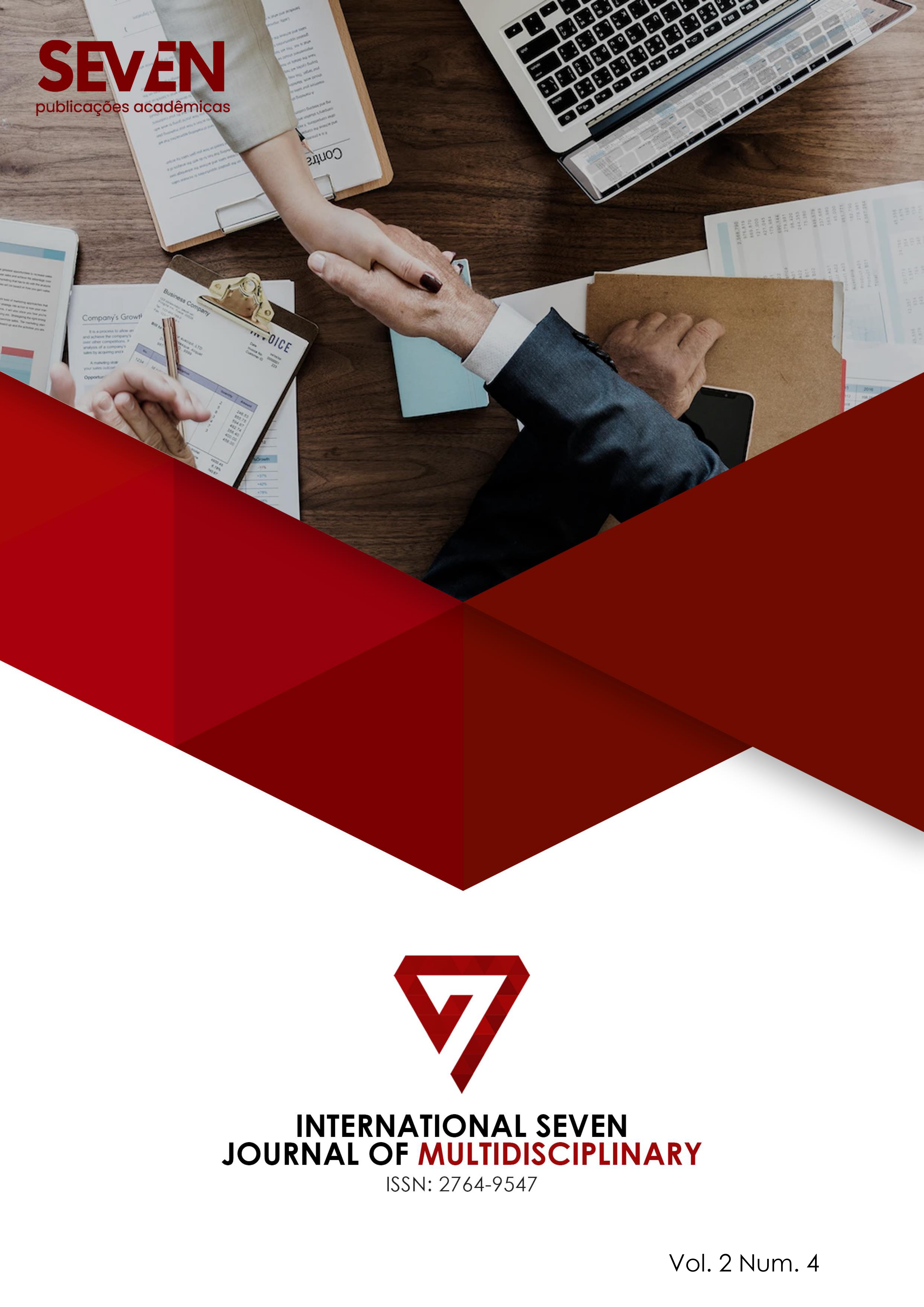Is it possible to protect against the damage of adverse childhood experiences?
DOI:
https://doi.org/10.56238/isevmjv2n4-015Keywords:
Adverse childhood experiences, Child risk and protection factors,, Consequences of child abuse and neglect, Child protection, Developmental psychology.Abstract
Based on an empirical concern from her professional experience, the author undertook a bibliographical review to understand the consequences for children and adolescents' biopsychosocial development of adverse childhood experiences - ACEs, pointed out by Felitti et al. (1998) as extensive to all segments of the population. From this literature review, the initial hypothesis was based on the correlation between the quality and intensity of lived experiences (positive or negative), especially in childhood, and the process of integral healthy development of this being. The studies showed that experiencing traumatic events in the first years of life, with special attention to the family context, can have a negative impact on the emotional, behavioral, cognitive, social and physical functioning of children and adolescents. So, is it possible to avoid the damage caused by these ASDs? Based on the research reviewed, the author goes on to list which factors could be considered risk or protective for the occurrence of ASD, highlighting the following as effectively protective: a stable family environment, supportive family relationships and personality traits that reinforce social skills. The studies also suggested that promoting public policies to support families, of a preventive and coordinated nature, proved to be more effective in avoiding or mitigating the effects of ASD, by strengthening protective factors. Therefore, these factors have been identified as contributing to some degree to the likelihood of preserving children/adolescents from experiencing ACEs and/or mitigating the effects of the consequences, alleviating the suffering common in these experiences. For this reason, interventions in this direction are on the international agenda of governmental organizations that are references in the fight against IEDs.


